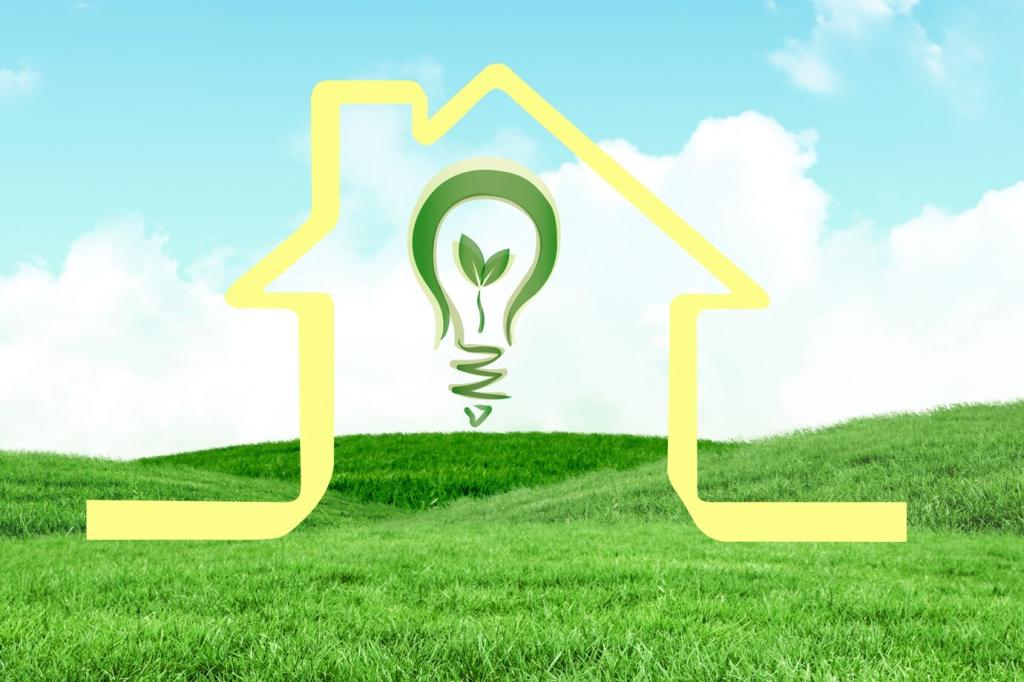Natural Stone: An Eco-Conscious Building Material
Chosen theme: Natural Stone: An Eco-Conscious Building Material. Step into a world where design meets durability and the Earth’s own palette shapes healthier homes. Discover how stone’s low-impact lifecycle, time-tested beauty, and circular potential can make your next project quieter, cooler, and kinder to the planet—join the conversation and build smarter with nature.
Why Natural Stone Is Truly Sustainable
Unlike heavily processed materials, many natural stones require minimal transformation: quarry, cut, finish. Fewer chemical inputs and lower heat treatments keep embodied energy down, especially when you source locally. That simplicity means less hidden carbon before your project even breaks ground, a tangible advantage for eco-conscious builders and homeowners.
Natural stone can outlast trends, tenants, and even entire building cycles. Its durability reduces replacement frequency and landfill load, which often balances a slightly higher upfront impact. When a surface still looks good decades later, sustainability becomes visible, tactile, and measurable in saved resources and avoided renovations.
Stone’s thermal mass stores heat during the day and releases it slowly, smoothing temperature swings and supporting passive design. Paired with shading, ventilation, or radiant systems, stone helps stabilize indoor comfort while reducing energy peaks. It’s science you can feel underfoot—quiet, steady, and remarkably efficient.

Responsible Sourcing and Ethical Quarrying
Quarry Stewardship in Practice
Leading quarries implement water recycling, dust control, biodiversity restoration, and carefully sequenced extraction that respects local ecologies. You should see tangible plans for site rehabilitation and community engagement, not vague promises. Ask about worker safety, monitoring data, and long-term restoration targets, then reward suppliers who deliver transparency.


Standards and Frameworks to Guide You
Certification frameworks and environmental product declarations help compare options and document performance for green building goals. Look for third-party data on embodied carbon, responsible sourcing, and health impacts. These tools won’t design for you, but they shine a bright light on choices, making sustainable outcomes easier to defend.
Maintenance Myths vs. Real-World Care
Not every stone needs the same protection. Dense granites and some quartzites may require minimal sealing, while marbles and limestones appreciate breathable, penetrating sealers. Frequency depends on use and finish, not just a calendar. Test absorption with a water droplet and reseal only when performance actually declines.
Maintenance Myths vs. Real-World Care
Skip aggressive acids and solvents that can etch or strip finishes. Daily care is simple: pH-neutral cleaners, soft cloths, and prompt wipe-ups for oils and wine. For stubborn spots, use poultices matched to the stain type. Your stone stays healthier—and your home air stays cleaner—when routines stay gentle.


Local Stone, Lower Footprint
Shorter journeys mean fewer trucks on the road and less packaging. When stone comes from nearby, you trim both carbon and lead times. The result is a project that feels grounded in place—authentic colors and textures echoing local geology rather than chasing distant trends.
Local Stone, Lower Footprint
Local sourcing sustains fabricators, installers, and restoration specialists who know the material intimately. Those same craftspeople often salvage offcuts, repurpose remnants, and guide smart detailing that extends service life. Your purchase strengthens a network where waste dwindles and knowledge compounds across generations of making.




Choosing the Right Stone for the Right Place
High-traffic kitchens benefit from hardness, heat tolerance, and stain resistance. Many granites and true quartzites excel under knives and hot pans, while soapstone offers a soft, repairable surface with a gentle feel. Evaluate porosity, finish sheen, and your cooking habits before falling for a single slab’s personality.
Choosing the Right Stone for the Right Place
For baths, entries, and patios, look for stones with stable slip-resistant textures and low water absorption. Dense slates and granites handle freeze-thaw cycles and daily splashes gracefully. Texture, grout width, and drainage make as much difference as the stone itself, turning maintenance into a quiet afterthought.
Future-Proofing Your Build with Stone
Design for Disassembly
Use mechanical fasteners, larger modules, and dry-set assemblies so pieces can be lifted, recut, and reused. Avoid adhesive-heavy build-ups that trap stone permanently. The goal is simple: extend material life across multiple projects, capturing value again and again without fresh extraction.
Stone in Net-Zero and Passive Strategies
Thermal mass pairs beautifully with night flushing, deep overhangs, and high-performance envelopes. By flattening heating and cooling peaks, stone helps right-size systems and reduces operational carbon. In practice, that means comfort with fewer gadgets—and a home that quietly works with climate instead of fighting it.
Join the Community: Subscribe and Learn
We share case studies, care tips, and sourcing checklists for natural stone every month. Subscribe, comment with questions, and tell us which topics you want next—circular detailing, salvage markets, or restoration techniques. Your feedback steers the series and helps others choose stone thoughtfully, beautifully, and sustainably.
